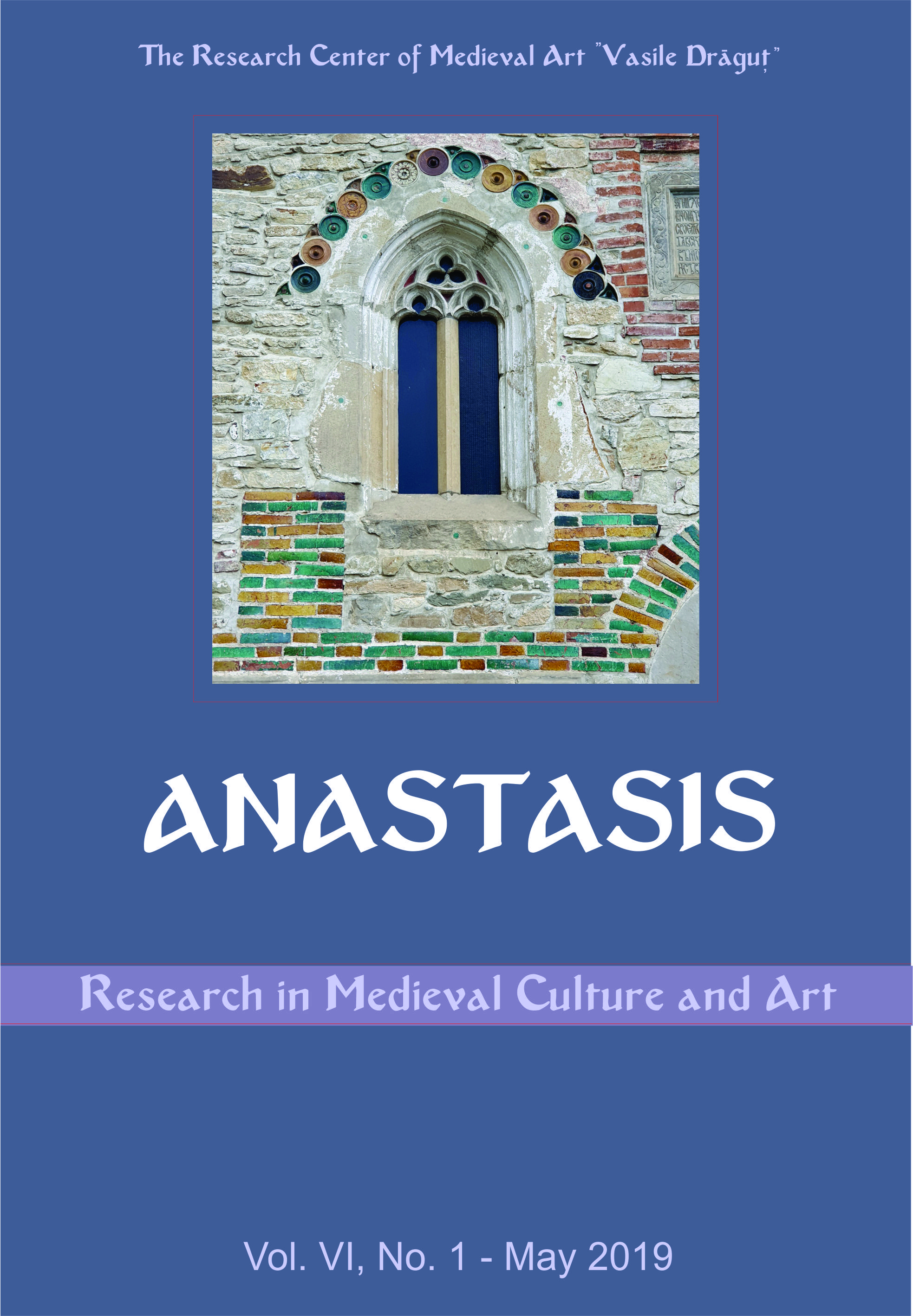The Hagiographical Icon of Saint Nicholas in the Church of Michael the Brave from Ocna Sibiului.
Iconographic, Artistic and Technical Issues
The Hagiographical Icon of Saint Nicholas in the Church of Michael the Brave from Ocna Sibiului.
Iconographic, Artistic and Technical Issues
Author(s): Raluca Marilena DUMITRESCUSubject(s): Fine Arts / Performing Arts, Visual Arts, Middle Ages, History of Art
Published by: Editura ARTES
Keywords: iconography; hagiographic; icon; inscriptions; investigations; stratigraphy; pigments; restoration;
Summary/Abstract: The article deals with some considerations upon the iconographic, artistic and technical issues that have been identified in the early 18th century hagiographical icon of Saint Nicholas from Transylvania. A description with references to the actual situation of the icon pictures the framework in which not only this object, but also a group of other five other icons that it is part of, is now the focus of attention and conservation-restoration interventions, after they left the original site. After some regards concerning style, author, and technical aspects, as well as the present conservation state of the icon, it has been pointed out the necessity to study these artifacts more thoroughly and investigate them in a scientific way. In this respect, in order to offer a helping hand to the people in charge who started to decipher the inscriptions that give us important information about this icon and also at least another one from the group, the restorer had the role to professionally unveil the texts without any danger to the object. There are presented some intervention made with this aim, and the results that were achieved with some professional aid in the deciphering and translating the writings. Once this information came into light in a more detailed way, the need to identify some chemical features of the materials in the composition of the ensemble, but also some morphological and structural aspects of it became a priority, not only from the perspective of the restoration process had in view, but also for the better knowledge of other research horizons. Thus, the type of investigations that were made are presented, together with their results. The achieved data throws a new light not only upon the Transylvanian icons of the time, but also on future research in a comparative way.
Journal: Anastasis Research in Medieval Culture and Art
- Issue Year: VI/2019
- Issue No: 1
- Page Range: 59-78
- Page Count: 20
- Language: English

